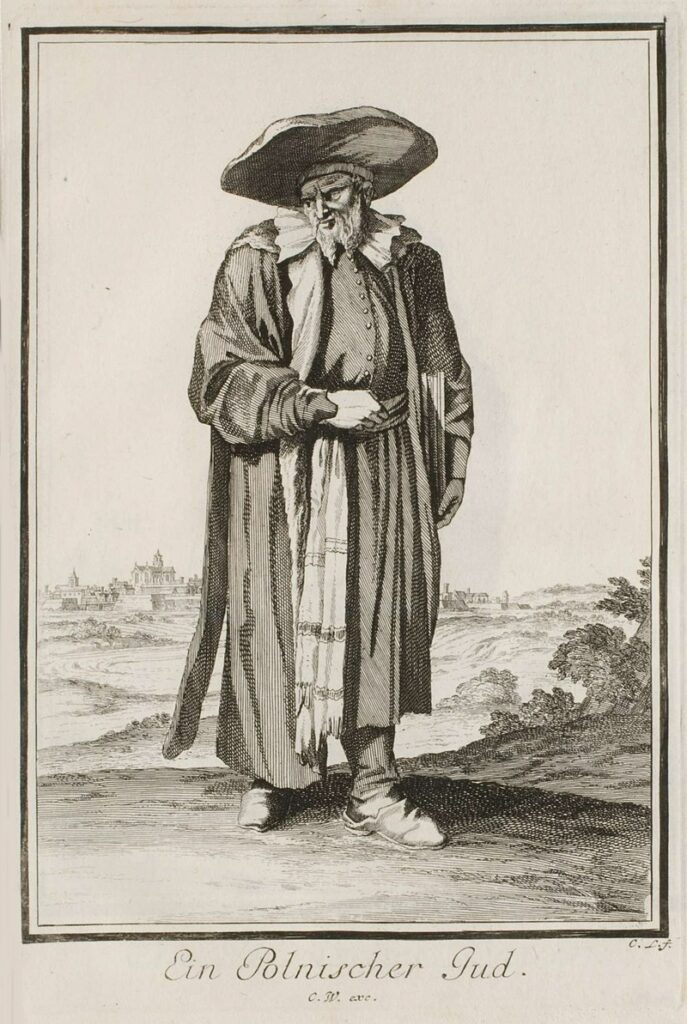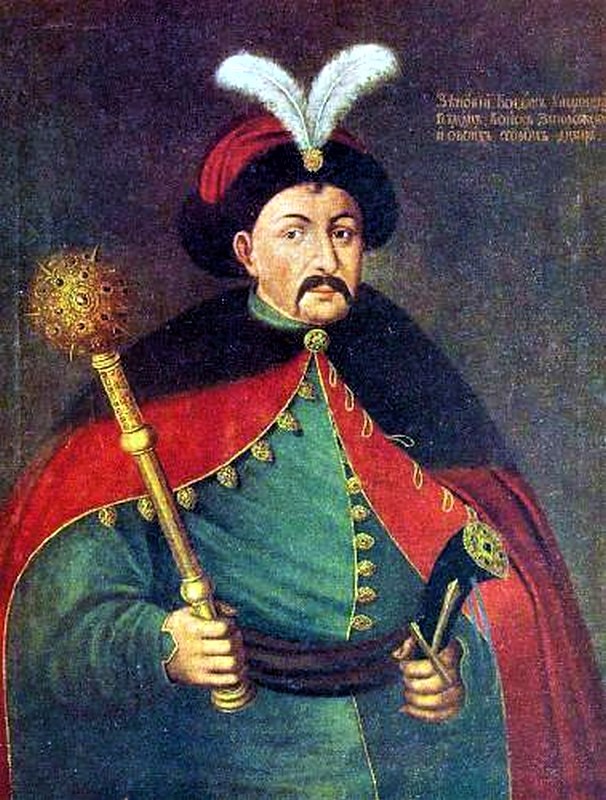The Khmelnytsky Uprising (1648) – Batoh
Fact of the Polish figure „Autonomy of Jews and anti-Judaism in Poland”
Part of the „Religious tolerance and intolerance” topic
The uprising broke out in the spring of 1648 in the eastern part of the Polish-Lithuanian Commonwealth. The Cossack army under the command of Bohdan Chmielnicki, the Hetman of Zaporozhian Host, revolted against Polish magnates. The rebellion was said to be caused by the abuses of the overlords. Importantly, the events were accompanied by massacres of the Jews who, due to their economic activities performed at magnate courts, were perceived as exploiters of the Ukrainian people. Over time, the Khmelnytsky Uprising became a symbol of the Jewish martyrology and an important element of Jewish historiography. Moreover, it was perceived as an event that ended the period of prosperity for the Jews in the lands under Polish rule.
References:
Jawein Macula tj. Bagno Głębokie. Kronika zdarzeń z lat 1648-1652 napisana przez Natana Hannowera z Zasławia i wydana po raz pierwszy w Wenecyi w r. 1653, ed. Majer Bałaban, Lwów 1912.
Kohut Z. E., The Khmelnytsky Uprising, the image of the Jews, and the shaping of Ukrainian historical memory, “Jewish History” (2003), vol. 17, no. 2, pp. 141-163.
Stories of Khmelnytsky. Competing Literary Legacies of the 1648 Ukrainian Cossack Uprising, A. M. Glaser (eds.), Stanford 2015.






